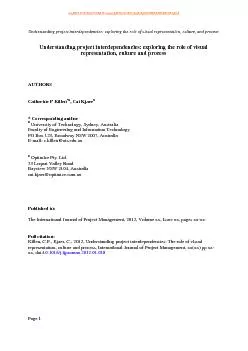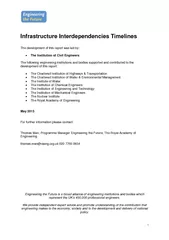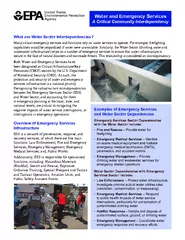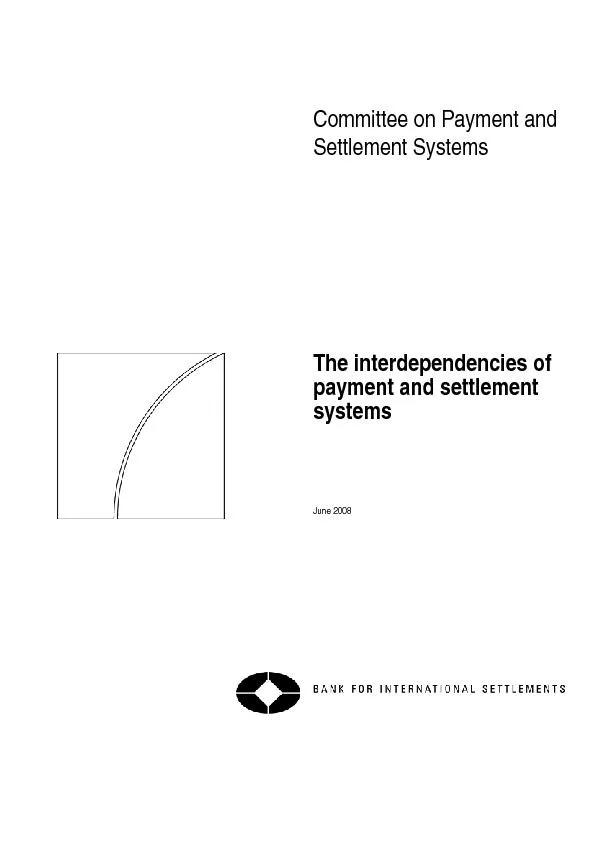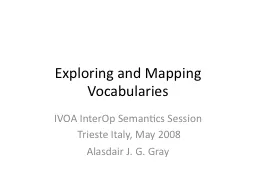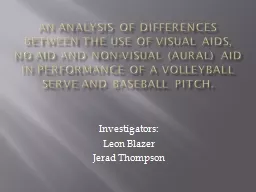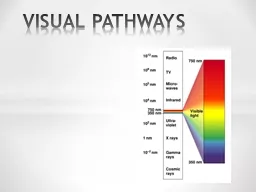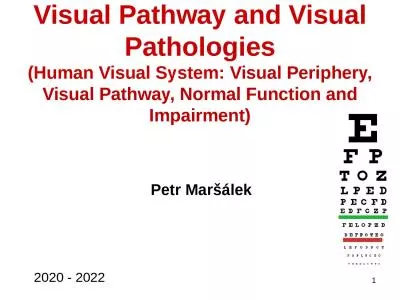PDF-Understanding project interdependencies: exploring the role of visual
Author : min-jolicoeur | Published Date : 2015-08-17
Explore interactive map at Understanding project interdependencies exploring the role of visual representation culture and processage 38 Poskela J Dietrich P Artto
Presentation Embed Code
Download Presentation
Download Presentation The PPT/PDF document "Understanding project interdependencies:..." is the property of its rightful owner. Permission is granted to download and print the materials on this website for personal, non-commercial use only, and to display it on your personal computer provided you do not modify the materials and that you retain all copyright notices contained in the materials. By downloading content from our website, you accept the terms of this agreement.
Understanding project interdependencies: exploring the role of visual: Transcript
Download Rules Of Document
"Understanding project interdependencies: exploring the role of visual"The content belongs to its owner. You may download and print it for personal use, without modification, and keep all copyright notices. By downloading, you agree to these terms.
Related Documents

